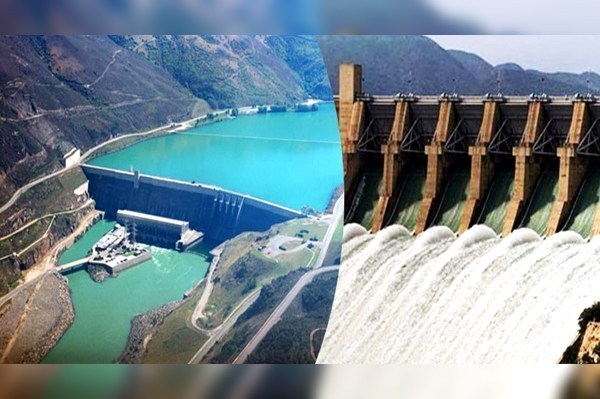China is expediting work on Pakistan’s Mohmand Dam in response to India’s recent warnings about cutting off water flows, deepening the infrastructure and economic collaboration between Beijing and Islamabad. According to a report published on the South China Morning Post website.
The project, located in Khyber-Pakhtunkhwa province, holds strategic and economic importance for Pakistan and is described by officials as a “flagship” scheme within the China-Pakistan Economic Corridor (CPEC)—a central element of China’s broader Belt and Road Initiative.
Construction on the dam began in 2019 under the China Energy Engineering Corporation, a state-owned Chinese firm. Although the project was originally expected to be completed by 2026, Chinese state media now reports that it has entered an accelerated development phase, with the start of concrete filling marking a key construction milestone.
The decision to fast-track the dam follows rising regional tensions. After the Pahalgam incident, India reportedly suspended the World Bank-mediated Indus Waters Treaty, raising alarm in Pakistan over the long-term reliability of its water sources. In what appears to be a direct response, China is moving to bolster Pakistan’s strategic infrastructure.
Designed to serve multiple purposes, the Mohmand Hydropower Project is expected to deliver 800 megawatts of electricity and supply 300 million gallons of drinking water daily to Peshawar. It also aims to support irrigation systems and enhance flood control capabilities—making it vital for both energy security and economic resilience.
Beyond this project, China and Pakistan are deepening ties across various development sectors. Among other joint ventures, the Diamer-Bhasha Dam—often referred to as the “Three Gorges Project” of Pakistan—remains a high-profile undertaking under the CPEC umbrella.
As regional water disputes intensify, projects like the Mohmand Dam are emerging not only as engines of economic development but also as instruments of geopolitical alignment.




